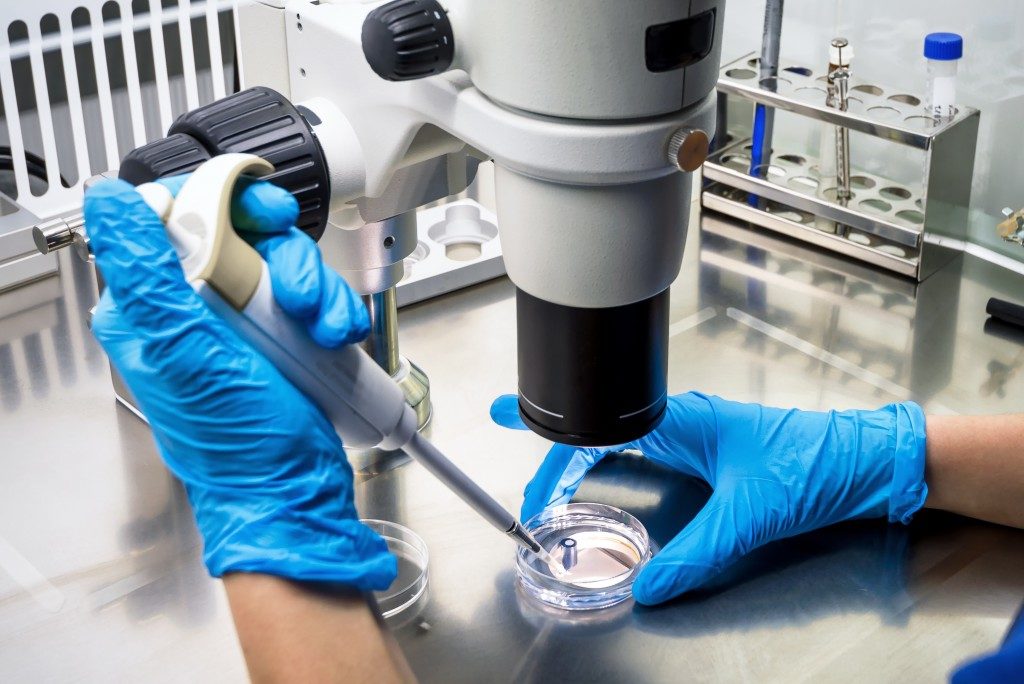Our hands are perhaps one of the most important tools at work and are often exposed to a lot of hazards, especially for those working in the industrial and crafting trades. Hand injuries are quite common, but even a mere bruise or puncture could sometimes prove debilitating.
Safety experts and studies state that the proper use of gloves could have prevented almost 60% of hand injuries. Safe Work Australia (SWA), the Australian government agency established to improve work and health safety, reported that about 14,410 people had to take a week off at work due to hand, fingers, and thumb injuries in 2015-16.
The use of proper gloves and availability of safety supplies would have helped prevent and minimize the severity of injuries, respectively. As such, one should be aware of the following hazards, and types of protective gloves:
Common Hand Hazards
When talking about hand hazards, most workers think of impacts injuries and cuts. However, there are more common hand hazards depending on your scope of work:
Chemicals.
Caustic chemicals such as solvents and acids could result in mild to severe chemical burns on the hands, depending on the substance.
Puncture, Cuts, Pinching, Crushing, Impact.
Moving or stationary parts of machines have a pinch or crushing points, and sharp edges/points where one’s hands could be injured.
Heat.
Working with high temperature (welding, smelting, etc.).
Improper Machine Usage.
Not properly locking the machine or tools, or improper handling would increase one’s risk of getting injured.
Articles getting caught in machinery.
Long sleeves and jewelry could be caught in machinery and injure ones’ hands and/or arms.
Common Types of Gloves and Their Uses
Fabric Gloves.
 Fabric or cotton gloves provide very minimal protection from the aforementioned hazards but would be able to protect from scrapes and abrasions. This is often used in crafts with minimal hazard exposure, or used in tandem with other gloves to serve as an insulating layer especially in cold environments.
Fabric or cotton gloves provide very minimal protection from the aforementioned hazards but would be able to protect from scrapes and abrasions. This is often used in crafts with minimal hazard exposure, or used in tandem with other gloves to serve as an insulating layer especially in cold environments.
Coated Fabric Gloves.
Are one of the most common and general purposes of gloves, and have better protection than plain fabric gloves. These gloves are often coated by latex, PVC, polyurethane, or nitrite, and can also offer substantial protection from mild chemicals.
Rubber, Plastic, or Synthetic Gloves.
These are often used in healthcare, laboratories, and other occupations that protect from chemicals, biohazards, and is usually slip-resistant.
Leather Gloves.
Leather gloves are perhaps one of the oldest protective glove types and can be utilized in a wide range of work. They provide puncture protection, heat protection, protection from sharp/abrasive objects or surfaces, and allows for a good grip. It has been widely used in blacksmithing for centuries and is still being used for welding.
Kevlar Gloves.
Kevlar is one of the toughest materials used for gloves and can provide a high level of protection from cuts, impact, and puncture.
Specialized Resistance.
There are specialized gloves for a wide variety of uses such as “puncture-resistant” gloves, impact-resistant gloves, vibration-resistant gloves, and chemical-resistant gloves.
They say a craftsman’s best tool is his hands. So make sure to follow these basic workplace safety tips, and use the appropriate protective gloves to protect one of your most important assets. Work safe, stay safe!




